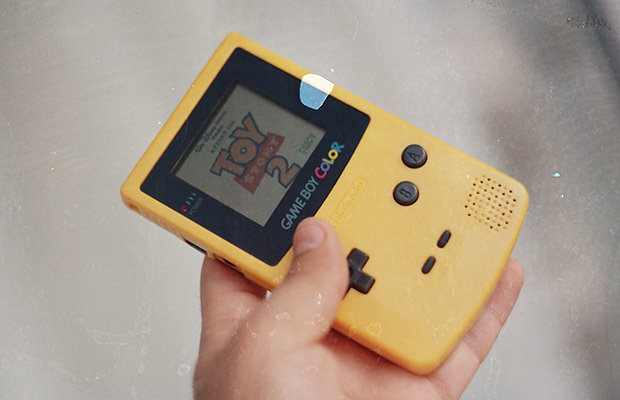Gadget Freak –The Nintendo Game Boy

That’s even harder to imagine when you realize that the device in question only provided entertainment with only one game.
However, this clunky device completely revolutionized the video game industry and set the path for everything we know (and take for granted) today. This is the story of the Nintendo Game Boy.
The Starting Line
Way back in 1989, more than a quarter of a century ago, Gunpei Yokoi and the Nintendo Research and Development Team One came up with a result to a question most bothering: is it possible to have a portable video game experience whose screen isn’t smaller than an average battery pack? The answer came in the form of the Game Boy.
This console was a huge success, and it sold out its 300,000 unit stocks in a matter of two weeks. After the Japan debut in April, the Game Boy was showcased in the US and the rest of the world a few months later.
Although it seems odd to us HD-addicted multitask-electronic device addicts, the low-tech Game Boy with a monochromatic-display really spoke to the masses and it only kept attracting more and more fans with a whole library of quality entertaining games like the legendary Super Mario Land and Tetris. It also broke grounds with its innovative built-in Game Link networking port.
Only seven years after the launch of the first ever Game Boy, Nintendo released the Game Boy Pocket, a smaller, lightweight version of the famed console which only required two AAA batteries. The display was back-and-white this time around, and the slick all black design really caught one’s eye.
In 1998, the Game Boy Color saw the light of day, and it gave the game developers the ability to create better, detail-oriented games while retaining backwards compatibility with older monochromatic games. Its casing was in color but mostly see-through, and it truly captured the rebirth scenario of the new Game Boy.
Then, two years after a burst of color, the Game Boy Advance came into the picture and changed the way people thought of this popular console in almost every way imaginable, however, it was not accepted with open arms as the previous versions of the Game Boy. The Game Boy Micro suffered a similar faith, as the new era of online PC gaming started taking over the world.
Game Over
In 2008, the legendary Nintendo Game Boy portable console line finally came to its end, but don’t feel bad for the gadget that changed our leisure time. It sold in over 200 million units, and it still lives in the hands of the people who like to keep it old school (and a handful of hipsters).












